nerwin
Been spending a lot of time on here!
- Joined
- Jan 31, 2015
- Messages
- 3,809
- Reaction score
- 2,120
- Location
- Vermont
- Website
- nickerwin.com
- Can others edit my Photos
- Photos OK to edit
I've always wondered if a wide angle lens with a maximum of aperture of f/2.8 actually allows more light in than say a 50mm with a f/1.8 aperture because of the focal length being so much wider it gathers more light than a longer focal length lens would.
I never really put much thought into this and want to know if there is any truth to this, is it just simply physics?
I never really put much thought into this and want to know if there is any truth to this, is it just simply physics?


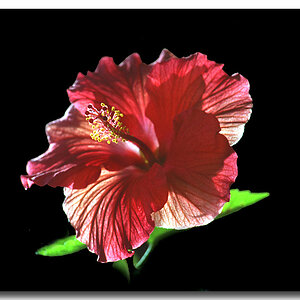
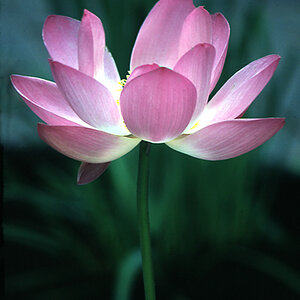
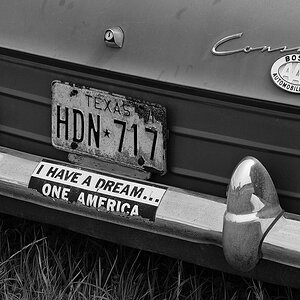

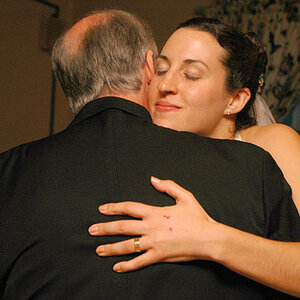

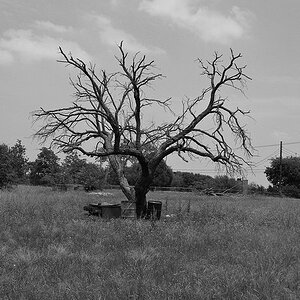
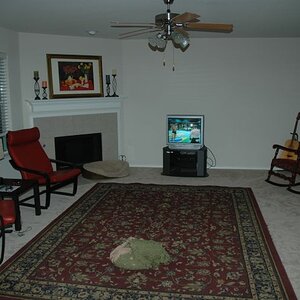
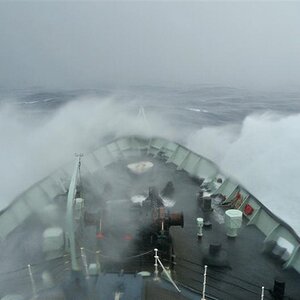

![[No title]](/data/xfmg/thumbnail/31/31095-2b52a6dcc956382cffdd384ae4d156f2.jpg?1619734612)
